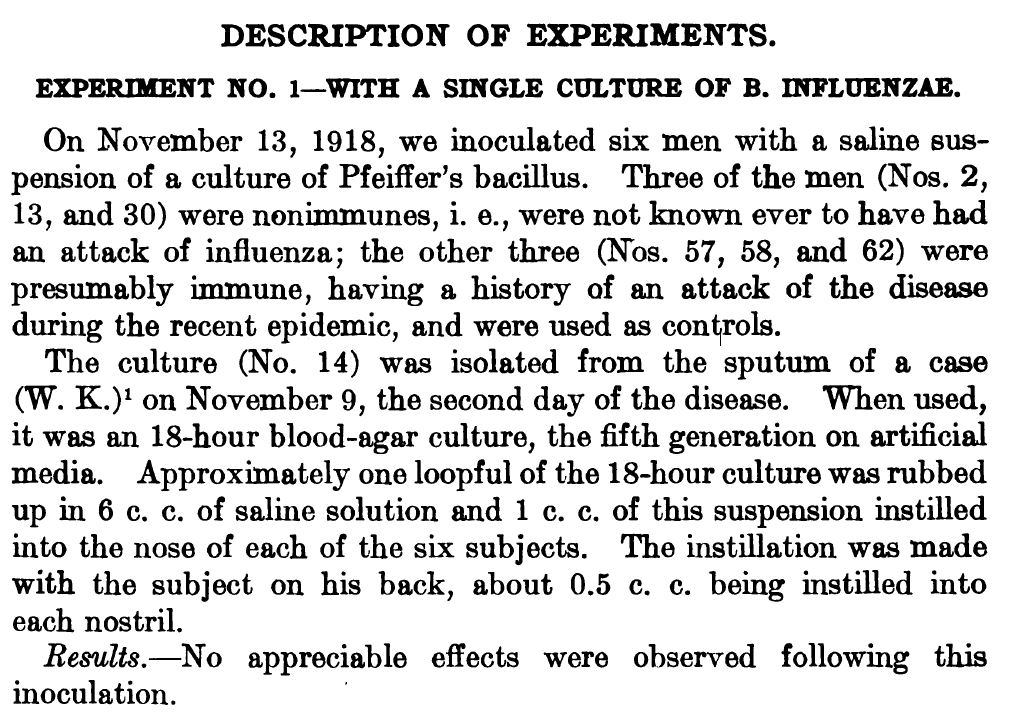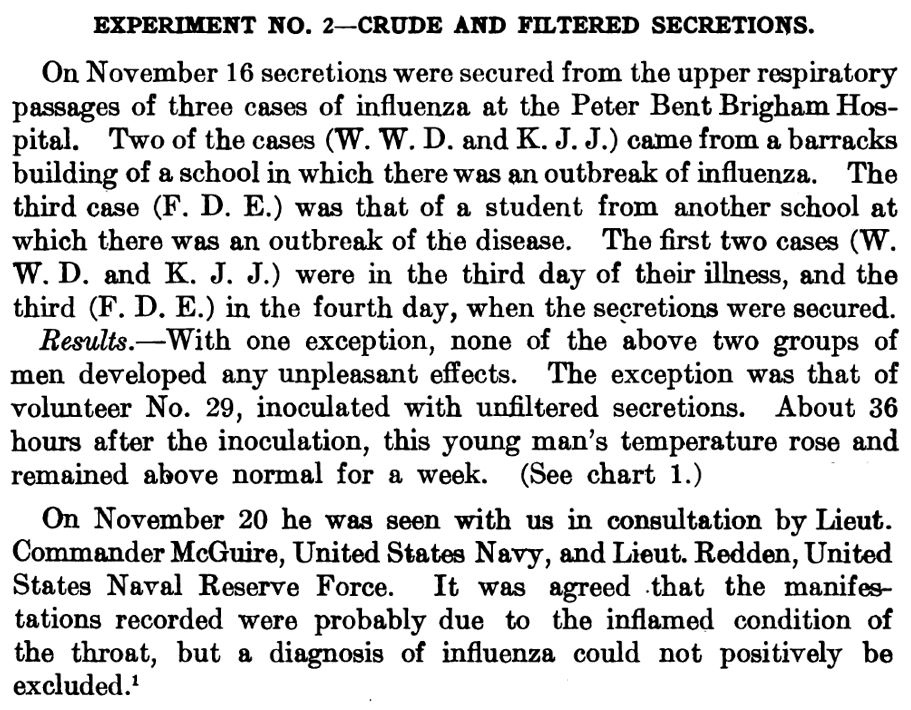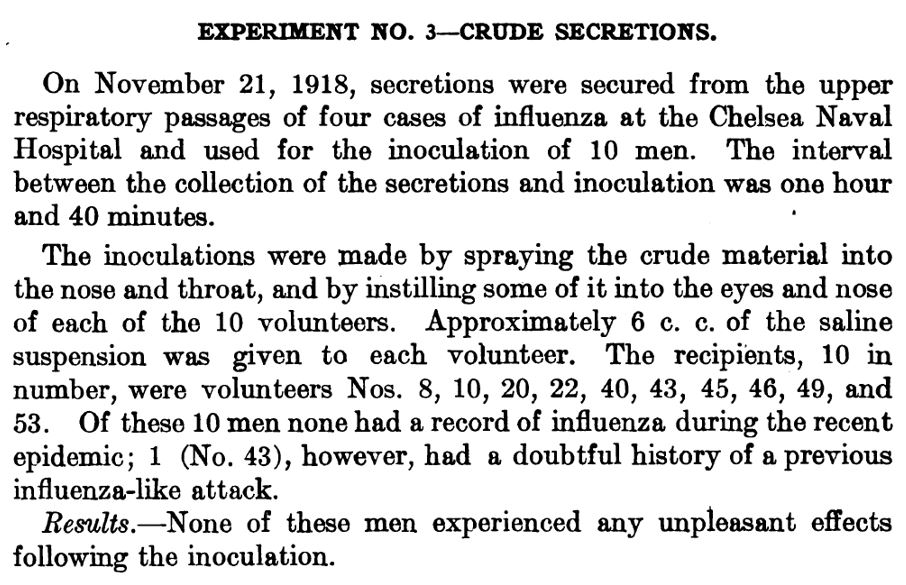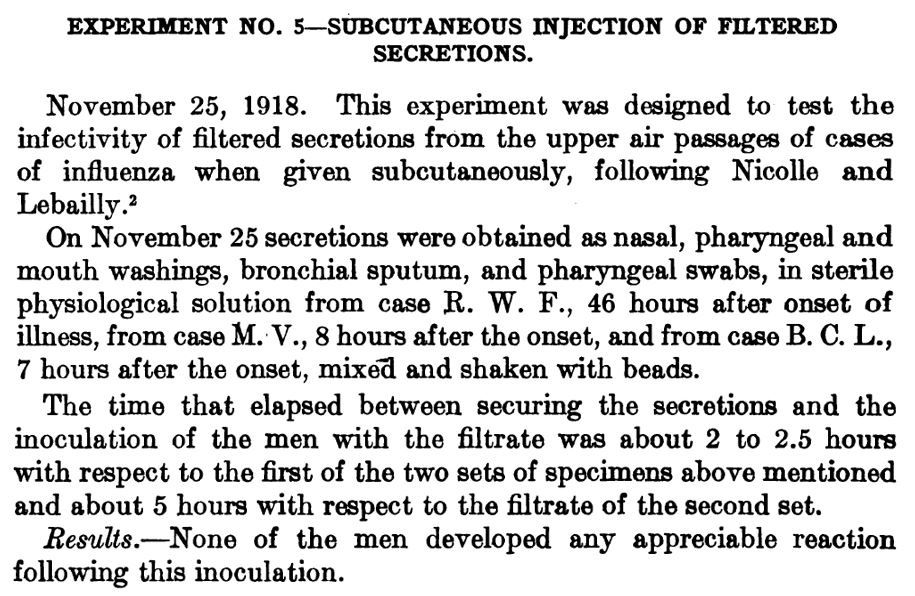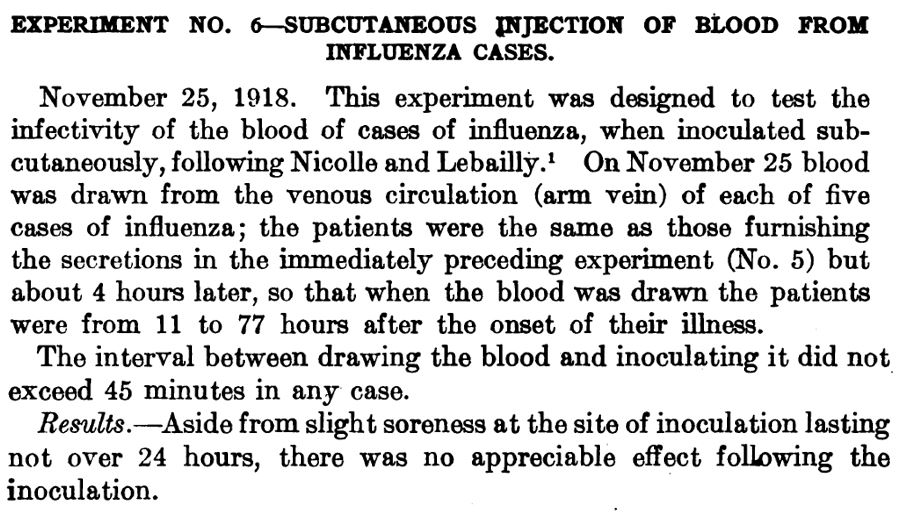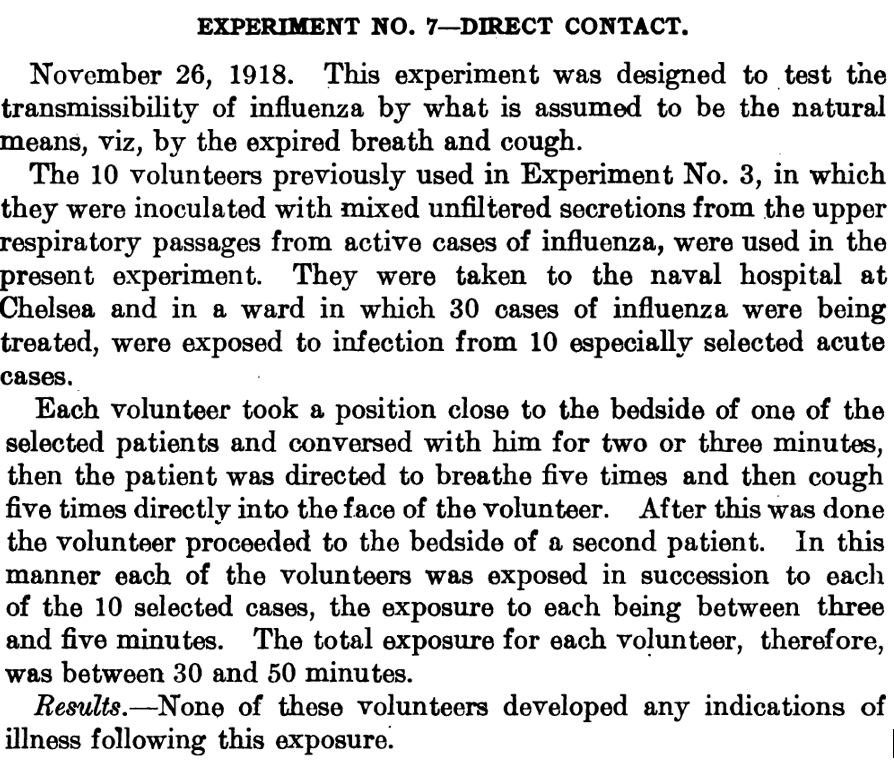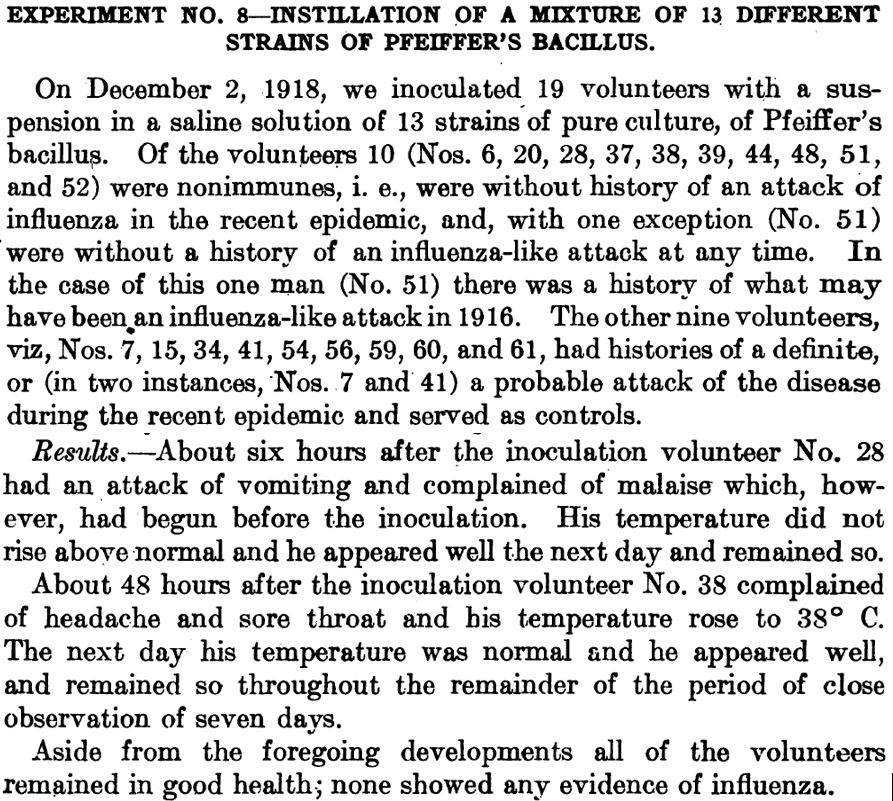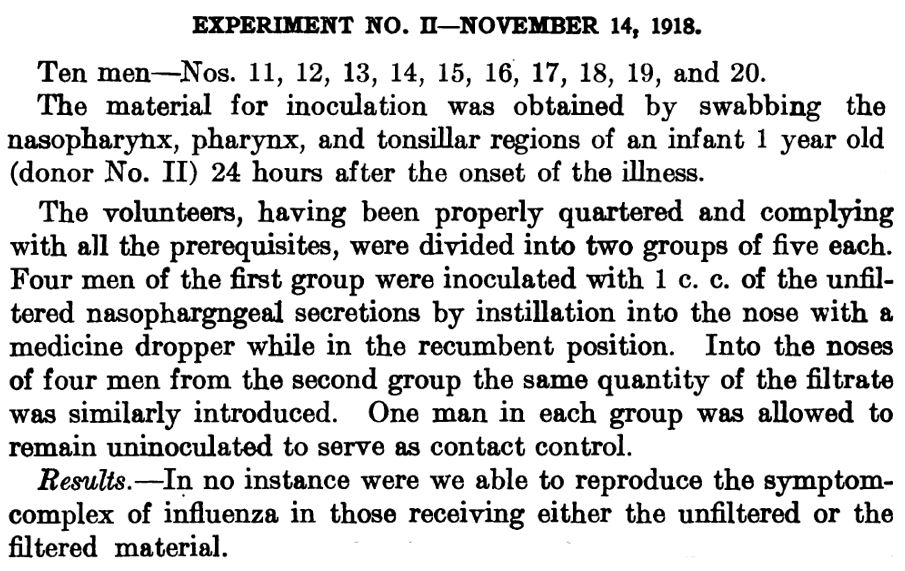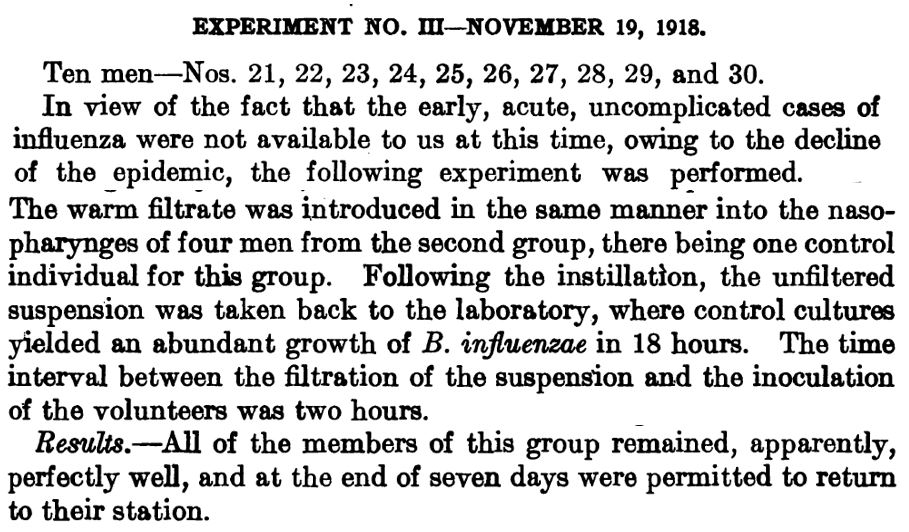
Posted by Abu Iyaad
Published
November 2020
Filed under Contemporary Issues
Germs, Disease and Contagion: The Fraud of Louis Pasteur
Explained by Dr. Thomas Cowan M.D.—audio recording & transcript below.
The work of Louis Pasteur helped to focus much of modern medicine around the notion that there is one germ (pathogen) for one disease for which there is one cure, and on that basis, there is one preventive in the form of a serum injection. This model of disease is false and misleading and there is much in the way of its refutation and invalidation.
What were believed to be "infectious diseases" were simply diseases of toxicity, dirt and malnutrition caused by bad living conditions, absence of clean water, absence of sewage, poor diets. Social reforms (plumbing, sewage systems, housing, clean water, better nutrition) during the early 1900s were the true and real causes of either the dwindling of these diseases or the severe reduction in their mortality.
However, serums and injections are given credit for this in the same way that a man, while the tide of the ocean is receding, claims that the bucket he is using to scoop the water and throw it behind his back is the real reason why the water receded.
It turns out that Pasteur ("Father of Modern Medicine") was an out and out fraudster who faked his results. Pasteur had kept two sets of dairies. One for the public in which he falsified his results to prove contagion and efficacy of his serums and the other for accurate data which he kept private.
Note: Numerous books have been written on this subject, one of the more recent ones is: Gerald Geison, “The Private Science of Louis Pasteur” (Princeton: Princeton University Press, 1995), (Amazon). See also: The Daring and Devious Father of Vaccines.
Gerald Geison was the Professor to whom the heir of Pasteur gave the private diaries kept by Pasteur on his work. This publication was the result of a detailed investigation of the diaries. Much of modern medicine is built and misguided upon his ideas with the harms exceeding the apparent benefits. Geison's book, published by a prestigious institution, supports much earlier writings on this subject.
From these earlier books are: Ethel Hume, “Bechamp or Pasteur? A Lost Chapter in the History of Biology”, 1923 (Amazon). And another: R. B. Pearson, “Pasteur: Plagiarist, Imposter. The Germ Theory Exploded”, 1942. (Both books in PDF).
An article in Science Magazine (February 1993) gave the work of Geison some coverage. 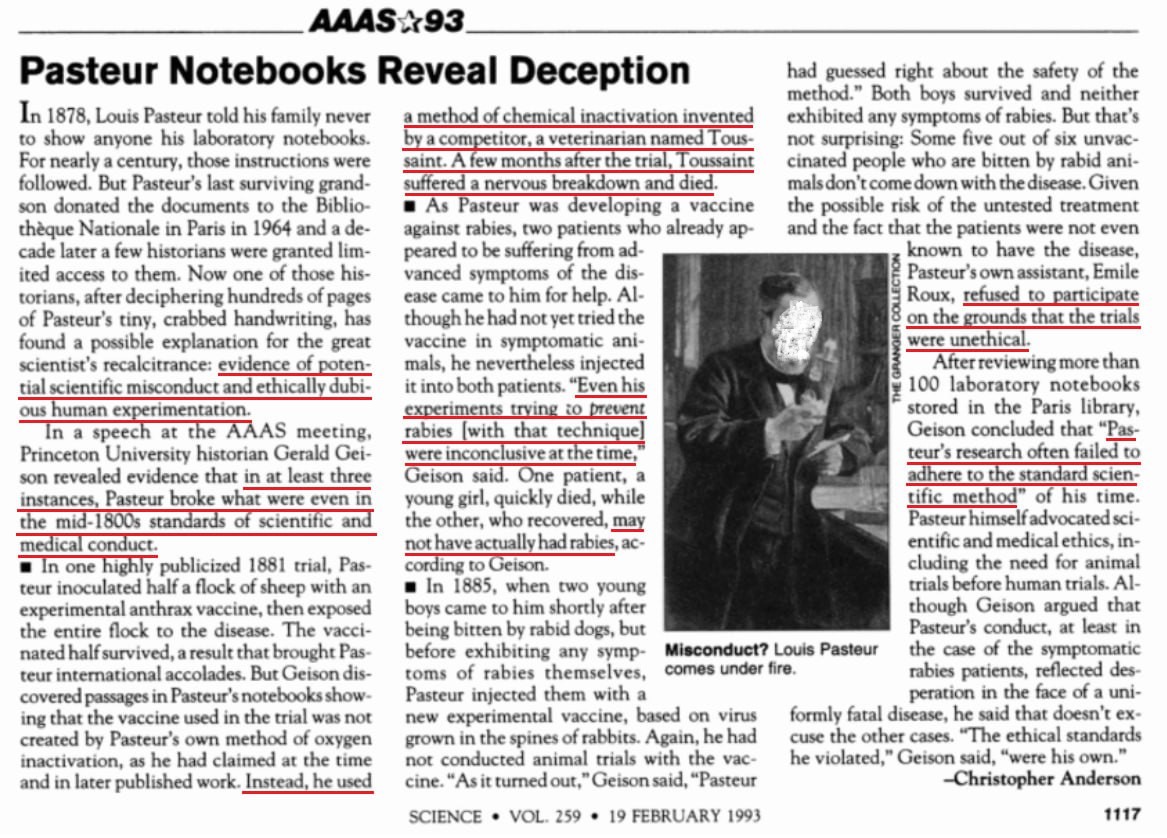
During his time, many doctors denounced him as a fraud. There is a report in the South Bend Tribune dated July 27th, 1886 about a meeting of doctors in Paris, France who opposed Pasteur's vaccinations. They denounced him as a fraud. Despite much opposition to Pasteur, in the early 20th century the money power (commercial interest), came out on top and his fraud become the accepted dogma in medical theory.
"Doctors Denounce Pasteur as a Fraud
PARIS, July 27—A largely attended meeting was held last night under the auspices of physicians who are opposed to the system of M. Pasteur. Several doctors attacked the doctine of M. Pasteur in violent speeches and denounced him as a fraud."
By about the 1930s, it had been empirically and conclusively established that the notion that “germs” are primary agents of disease was false.[1] The idea was built upon a combination of misinterpretation of observations, misunderstanding of the workings of biology, and scientific fraud, however as money often prevails over truth, the theory was kept alive by the money power for tremendous financial gain, despite having been disproven.
Below are some screenshots of experiments done in the US Navy during 1918 and 1919 to try and "transmit" influenza from sick to healthy patients using a variety of invasive methods (see the full original publication from February 1921):
Shortly afterwards, the pseudoscience of modern-day Darwinian virology with its sleight of hand laboratory tricks emerged in the 1950s. Cellular breakdown products[2] (due to toxicity and malnutrition) are wrongly interpreteted as external "pathogenic viruses" through scientifically invalid procedures and lack of controls. Samples alleged to contain the presumed virus are cultured in animal cells and serums, starved and poisoned. Out of the resultant hotch-potch of biological materials (from various sources such as horse, calf and monkey) imaginary sequences of alleged viruses are fabricated through the use of computer software, having no correlation or existence with actual reality. These imaginary "in silico viruses" (existing only on computer) are blamed for common diseases, and the entire vaccination enterprise is built upon this pseudoscience.
The claims of virology and virologists (transmissible "pathogenic viruses" as causes of disease) are not scientific and are not demonstrated through the scientific method, they are wholly pseudoscientific in nature.
What virologists do:
01 Turning the effect into the cause: A good example to show the reality of the claim of the virologists is that of charcoal and ashes that remain after a fire. The virologists' claim in their own field is similar to the claim that the charcoal and ashes were the cause of the fire because they are always found at the scene of the fire. It can also be put in another way, that the ground being wet was the cause of rainfall.
They start with the unproven assumption that the breakdown elimination products (which are a result or effect of the body's internal repair and healing mechanism caused by other factors) are the cause of illness.
02 Making with your own hands the very thing you are looking for: Another good example that has been struck in that what virologists do is similar to the one who gets milk from a cow, makes strawberry yoghurt out of it, and then claims that this very yoghurt is in the cow. Or the one who takes eggs from a chicken, makes an omelette with peppers, mushrooms and onions, and then claims this omelette is inside the chicken. Or the one who takes fresh strawberries from the bush, adds milk and a banana to make a smoothie and then claims this smoothie exists in the strawberry bush. The yoghurt, omelette and smoothie are products of human endeavour and do not exist in cows, chickens and strawberry bushes.
"In vivo" is what is in the body, "in vitro" is what happens in a test tube in a laboratory, and "in silico" is what exists on computer. The alleged "pathogenic virus" is manufactured in vitro and in silico and does not exist in vivo.
03 An "In silico" existence: What virologists are calling “viruses” are manufactured in the laboratory, they are cellular breakdown products of monkey kidney cells which, after being initially kept alive with bovine fetal serum, are poisoned and starved, leading to cell death. Irrespective of whether you add a patient sample containing the alleged virus or not, the same thing is going to happen, because it is the procedure itself that is causing the cells to die and break into thousands of particles and vesicles. Genomic sequences (from the hotchpotch of human, bovine, monkey, bacterial and archeal nucleic acids) are fabricated using computer software. There is no correlation between what they have made and physical reality. There is no omelette in a chicken, and there is no such thing as a “pathogenic virus” in biology, it is a manufactured construct and exists only "in silico", meaning on computer. The "variants" they are scaring us with, exist only on computer and are not real. The existence of a "pathogenic virus" is simply assumed all along and never proven at all through the correct application of the scientific method. It is raw pseudoscience, superstition and make-believe.
"Viral contagion" and “global warming” (rebranded as “climate change”) are what the Malthusian Eugenicists and Collectivists are using today with tremendous leverage for their financial, social, political and population reduction agendas through the institutions they set up, own or have captured.
Valid scientific critiques of these ideas are labelled as “climate change denialism” and “germ theory denialism”.[3] This itself is a violation of science, since nothing in science is supposed to be unchallengeable, and every idea or theory can be scrutinized, disproven and refuted through the scientific method, or shown to be in violation of the scientific method itself, as is the case with virology.
Some of these ideas can have a negative impact upon creed, thought and behaviour, which shows the necessity of being cautious, especially when modern biology is hinged entirely upon Darwinian evolution.
Audio
Transcript
So the first thing I would say is that the germ theory which many people ascribe to the late 1800s and [to] Pasteur, actually goes way back to even Greek times you know sort of ancient Greek times.
It’s because for very simple reasons that if you observe the world which we all do, it appears that people in the same place sometimes get sick with the same thing and so it’s not at all unreasonable to say they may be passing something back and forth.
And so that thought has been there for literally thousands of years now that’s one of the sort of modern proofs that there are viruses and bacteria causing disease. And I would point out that any of us would think that that’s actually nonsense because for instance in Japan in 1945 a lot of people died because somebody dropped a bomb on them. Nobody thinks that’s a virus. So one can’t say [just] because a lot of people in the same place get sick, that means it’s a virus or even that it’s contagious.
So that’s the background.
And then [there] came a change in human consciousness to a much more mechanistic materialistic mode of thinking. I mean thinking like Descartes thought, that only physical substance exists. And I would say was a radical departure from how every prior human culture or people thought about life in the world so this theory that we’re only based on substance is very radical theory, so that was the sort of philosophical background to the 1890s.
And then came some experiments and some invention of the light microscope and people started seeing these unicellular organisms called bacteria and then came the theory that some of the diseases that we see and maybe even most of them are because this bacteria goes from one person to another and makes them sick and that’s basically the foundation of the germ theory.
Now interestingly at that time—and now we’re talking 1850s to 1880s—there were a lot of people, and particularly a guy named Beauchamp who said that’s just not true. In fact these bacteria are just scavengers in nature they’re feeding off dead material and they don’t cause any disease. It’s the situation of the person, so then you have this sort of debate of germ versus terrain.
Terrain just means the condition of the person or the animal. So Pasteur got into this and decided to try to sort this out.
Here’s the way that I would describe it to people and I would say almost to a certain extent, of all the things I may say if you want to remember anything this is the thing to remember:
So let’s take an example of how this works, we’re talking terrain versus germ, so let’s say you have a cow and for whatever reason you don’t feed the cow proper. So instead of feeding the cow pasture and grass like cows are supposed to, you feed it grains and cardboard and dead cow parts and you know all the other things that we feed cows.
So now you have a sick cow and then to top it off you spray glyphosate and DDT and other you know worming agents and fungus killing stuff and whatever, all of that gets absorbed into the cow’s tissues which is the whole point. And then as we know anything you poison an animal with comes out in the milk.
So then you have this milk and then the person drinks the milk and gets sick. So the theory then is you transmitted something from the milk to the person and you got them sick.
And then you look under the microscope and you see this bacteria that’s called Listeria which is a so-called “pathogenic” or “disease-causing” bacteria in the milk. And then you look in the stool of the who has the diarrhea and you find the same bacteria and it was, as if it was a eureka moment in history. End of story we’ve now proven that germs cause disease, now we’re talking bacteria.
So what’s the problem? Well it turns out there is another possible explanation, and that explanation is also very simple and very logical: That you have poison milk and the role of bacteria in the world is to digest poisons wherever they are found, and so the Listeria are not there as a pathogenic organism they’re there to biodegrade. In other words eat the poisons in the milk. In fact they’re helping you and the cow out.
We have two very reasonable explanations.
I would only point out that if you look into nature, which is you know what I’ve tried to do for 40 years as a student of Goethe, he said don’t start with theories start with observations otherwise [you] may get blindsided.
So if you look into nature you for instance see if you put bad stuff in your compost pile you’ll get funky bacteria. Nobody says the compost pile has an infection. Everybody says that the bacteria are biodegrading that and if you if you weren’t such an idiot you would stop throwing that stuff at your compost.
Same with a pond, you have a pond you put poisons in it you get algae growth, the algae are eating the poisons they’re helping you out because you were dumb enough to put poisons in your pond. Nobody says the pond has infection, you know anybody would say that the problem is the poisons and as soon as you stop throwing the poisons by some miracle because they don’t have any more food the algae go away.
So getting back to our milk we have these two very reasonable explanations one is that its the Listeria, the bacteria. The other it’s the poisons the bad quality of the milk and the Listeria is just eating the poisons.
So the question then is how do you know which of those is true? It’s very simple all you have to do is isolate the Listeria from the milk, feed somebody pure Listeria and then you could also feed them the milk [separately] without the Listeria and you could see if they get sick.
So this is what Louis Pasteur did for 40 years, he was the first to be able to do this sort of [thing], he basically stole the idea but anyways, he took pure cultures of bacteria isolated from pathogenic, you know from sick people, fed them to animals or people, made them sick, did public demonstrations and he was the Fauci of his day, because he proved the germ theory and he saved humanity, and so there you go.
Except there was one problem.
Well maybe not a problem but he did have the integrity to keep a personal diary and in that diary which he told his heirs never to publish, but apparently one of his heirs, I think his son-in-law or something hated his guts because he’s kind of an [__] but he published it anyways.
And in their Pasteur admitted that it turns out that not once was he able to transmit disease with a pure bacteria not once and that in order to do these public demonstrations you had to actually spike it with like arsenic and mercury, because how are you going to make people sick he already knew that he couldn’t.
So anyways when you’re famous you keep going right once you get caught in a fraud you’re in trouble so then you have to escalate. And he didn’t tell anybody, except he told people in his diary and then famously on his deathbed he said “the germ is nothing, the terrain is everything” because he realized he was a complete failure and a fraud.
Quick note on bacteria: It should be pointed out here that bacteria can be observed, isolated and cultured, and though they are not primary agents of disease either, they are nevertheless involved in disease processes. Their existence is janitorial in nature, they are housekeepers. They are also somewhat misunderstood and mistreated in modern medicine wherein the true and real causes of good and bad health are ignored or brushed aside.
As for "pathogenic viruses", they are completely imaginary and are nothing but a relabelling of the body's own cellular breakdown material following apoptosis (cell death). The field of "virology" is an entirely fraudulent enterprise and is nothing but pseudoscience and make-believe. This does not mean at the same time that we are somehow left with no explanation for the occurrence of illness. Rather, these affairs were well-known and understood before the calculated, ruthless takeover of medicine by corporate interests during the 20th century.
Footnotes
1. While bacteria can be observed and isolated and have a role to play in disease processes, 'pathogenic viruses' are entirely fictitious and imaginary.2. Such as genetic fragments or debris and proteins.
3. Also, a plethora of online "fact-checkers" exist to conceal evident truths and maintain obvious lies, by presenting subjective critiques and opinions against inconvenient truths.
Related articles
- Four Affairs of Jāhiliyyah That People Will Not Leave: Including Claims of Disease 'Transmission' and 'Contagion'
- Ibn ʿAbd al-Barr on Contagion
- Abū Bakr Al-Jaṣṣāṣ (d. 370H) on Contagion
- Siamese Twins and the Superstition of Contagion
- Abu ʿUbayd Al-Qāsim Bin Sallām Al-Harawī (d. 224H) on Contagion
- Imām Aḥmad (d. 241H) on Contagion
- Al-Ḥāfiẓ Ibn Ḥajar on Contagion
- Imām al-Ṭaḥāwī (d. 321H) on Contagion
- Ibn Khuzaymah (d. 311H) on Contagion
- Ibn Rajab al-Ḥanbalī (d. 795H) on Sins, Causes of Calamities, Contagion, Legislated Means and Omens
- Shaykh Sulaymān bin Ḥamdān (d. 1397H): Sins, Causes of Calamities, Contagion, Legislated Means and Omens
- Imām al-Ṭabarī (d. 310H) on Contagion
- Ibn Ḥazm al-Andalūsī (d. 456H) on Contagion
- Abū Sulaymān al-Khaṭṭābī (d. 388H) on Contagion
- Imām al-Qurṭubī (d. 656H) on Contagion
- Shaykh Al-Albānī on Exaggeration in the Matter of Contagion and Imitation of the Disbelievers
- Shaykh Ibn Bāz on Abandoning Prayer in the Mosque While Sick With Influenza with the Claim of Contagion
- Steps for Proving a New 'Infectious Disease': A Benefit from Shaykh Al-Albānī in Separating Science from Pseudoscience and Justifiable Means from Whisperings and Superstition
- Shaykh Muqbil bin Hādī on Contagion, Vaccination and Prevention of 'Transmission'
- A Refutation of Darwinian Virology, Its Weaponisation for Plunder and Profit, and Its Use in Promoting Unwarranted Fear and Superstition Which Detract from the Perfection of Tawḥīd
- Ibn al-Qayyim on Sneezing: Between the Guidance of the Sharīʿah and the Superstition of Jāhiliyyah
- Shaykh Muḥammad Ādam al-Atyūbī on the Strongest View Regarding Contagion
- The Caliph ʿUmar Repelling Belief in Contagion from Himself

